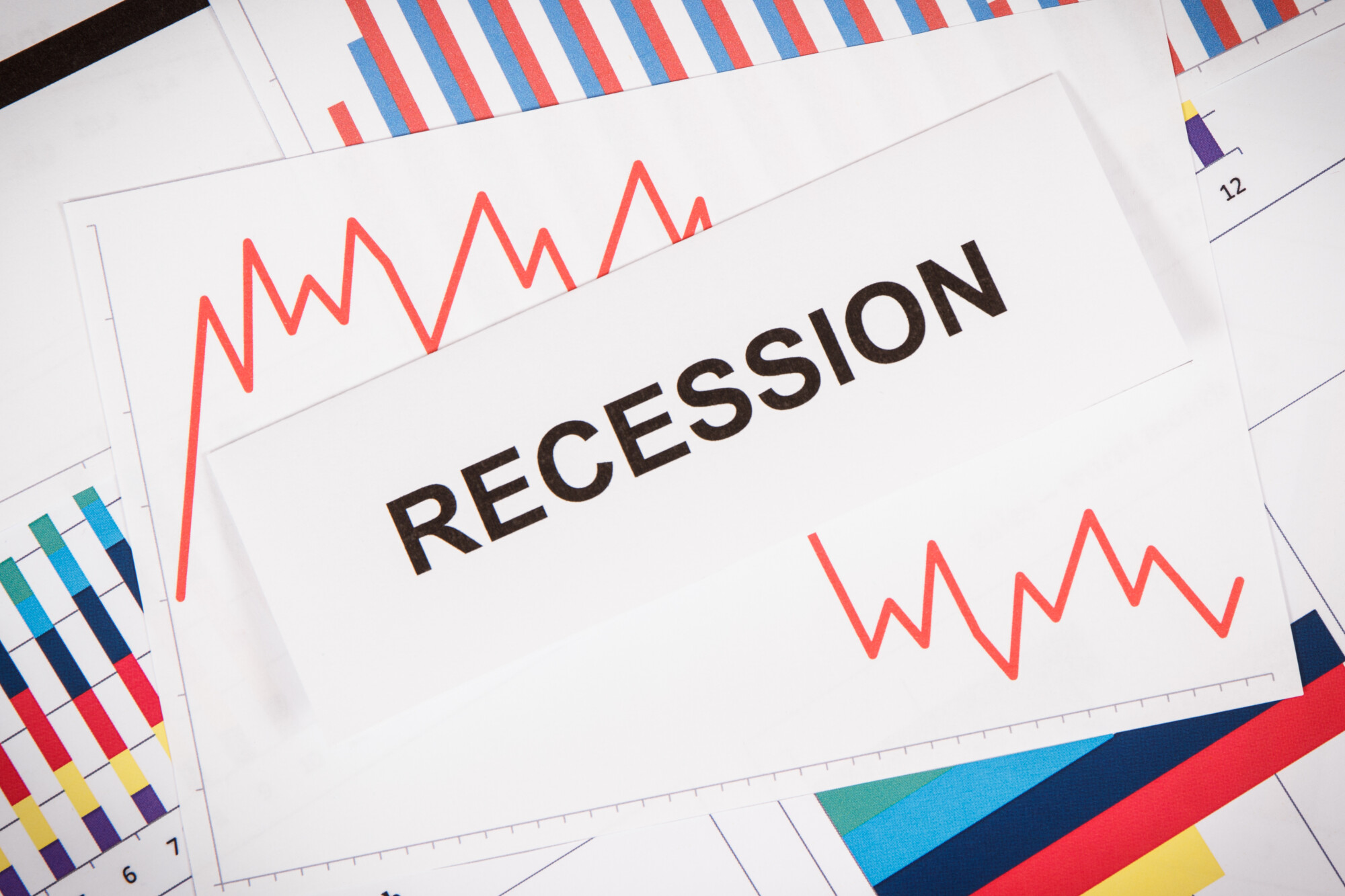The banking industry has evolved significantly over the past few decades. A blend of traditional financial institutions and innovative technology-driven firms characterizes modern banking. Consumers and industry professionals must comprehend these developments. For instance, an industry giant like BNY Mellon demonstrates how conventional banks adapt to new trends and technologies.
Key Players in the Banking Industry
Traditional banks, investment firms and a new wave of fintech companies dominate the banking industry. These entities are crucial in delivering financial services and the economy’s health.
- Traditional Banks: Long-established institutions offering vast financial services, typically with an extensive, physically present infrastructure such as branches and ATMs. These banks are known for their reliability and comprehensive service offerings.
- Investment Firms: Companies focusing on asset management, stock trading, and financial advisory services. These firms are essential for capital markets and serve individual clients, institutions and governments.
- Fintech Companies: Startups and tech giants offering innovative financial solutions through digital platforms. They facilitate services like online banking, mobile payments, and peer-to-peer lending, often at reduced costs and greater user convenience.
Emerging Trends in Banking
The banking sector is undergoing significant changes, with digital-only banks emerging as a popular choice due to their convenience, lower fees and 24/7 accessibility. Artificial intelligence integration has improved customer service, security, and personalized banking experiences.
Blockchain technology, offering secure, transparent and tamper-proof documentation, transforms transactions, finding applications beyond cryptocurrencies in intelligent contracts and cross-border payments. These trends highlight the ongoing evolution of the banking sector.
How Technology is Transforming Banking
Technology is transforming the banking industry from mobile apps to AI-driven customer service. Blockchain and biometric authentication are enhancing security and transparency in transactions. These technologies ensure transactions are immutable and verifiable, while biometric methods like fingerprint and facial recognition strengthen the protection of mobile and digital banking platforms.
The Regulatory Landscape
Banking regulations are crucial for fair, transparent and stable banking practices. They cover capital requirements, risk management, consumer protection, and anti-money laundering measures. The Federal Reserve and the European Central Bank oversee banking operations, ensuring compliance with legal standards.
These regulations constantly evolve to keep pace with technological advancements and global financial trends. Understanding the history and current state of banking regulations is essential for understanding the sector.
The Consumer Perspective
Banking options are expanding, and understanding consumer preferences is crucial for providing superior services. Digital banking and personalized financial products are in high demand, particularly for younger generations who prefer digitized services. Mobile apps and online platforms offer convenience, while personalized financial products cater to individual needs, such as loan offers, investment advice and savings plans.
Sustainable Banking Practices
Sustainability is becoming a core focus in the banking industry. Banks are increasingly adopting practices that promote environmental and social responsibility. This shift helps build a better world and meets the demands of ethically conscious consumers.
Many financial institutions now offer green bonds, sustainable loans, and investment products that fund environmentally friendly projects. These initiatives support efforts to combat climate change and promote sustainable economic development.
Additionally, banks are integrating sustainability into their corporate strategies, focusing on reducing their carbon footprints, enhancing energy efficiency, and contributing positively to society. These efforts help banks meet the growing consumer demand for socially responsible business practices.
Final Thoughts
It’s critical to keep up with the major players, new trends, and technology developments in the banking sector as it changes. This knowledge enables consumers and professionals alike to navigate the complexities of modern banking effectively.
From understanding the role of traditional banks and investment firms to recognizing the impact of fintech and emerging technologies, a comprehensive perspective on the contemporary banking ecosystem helps make informed decisions.







